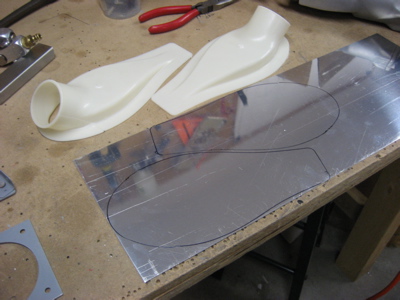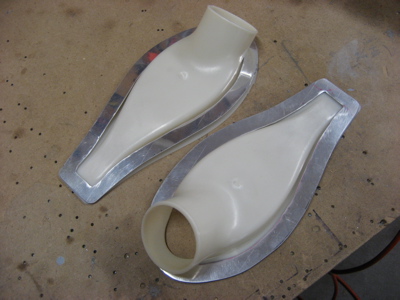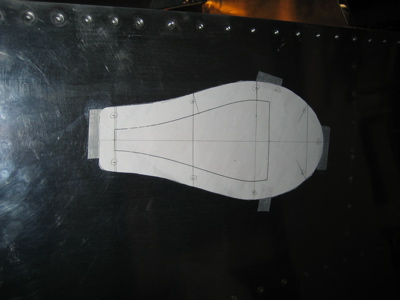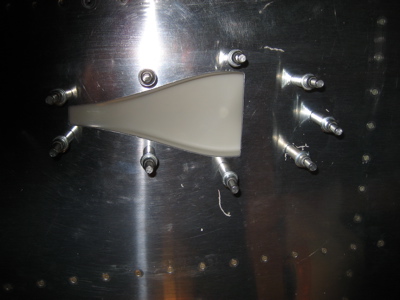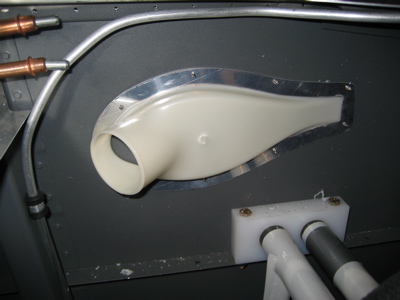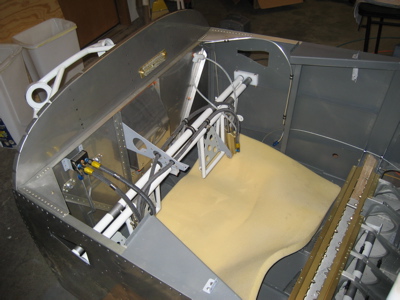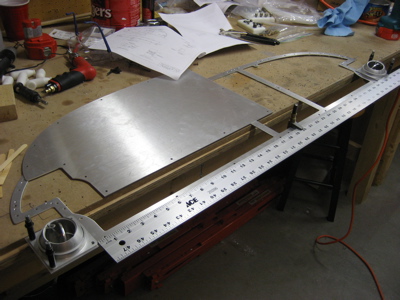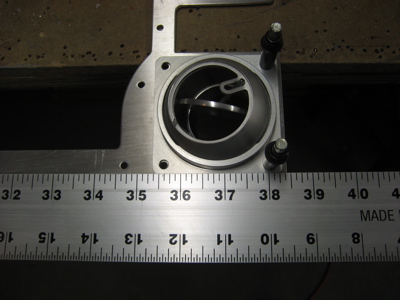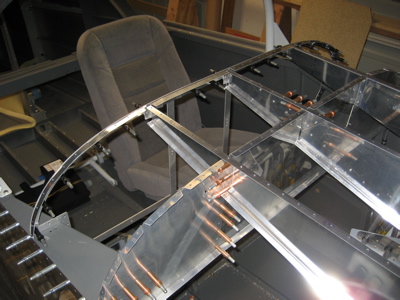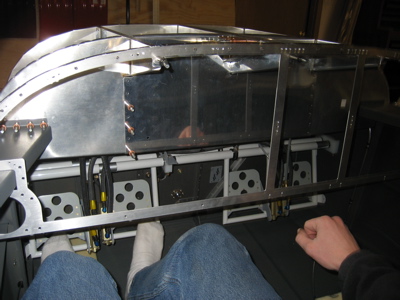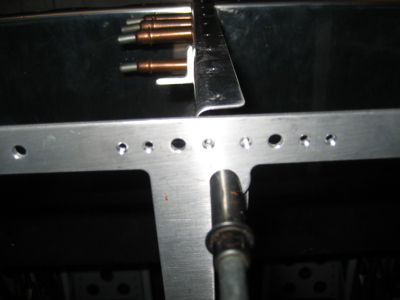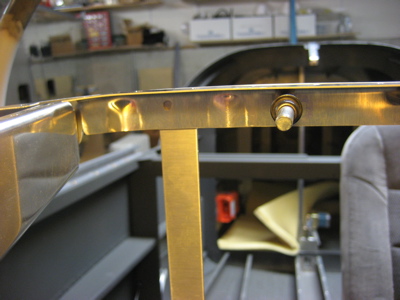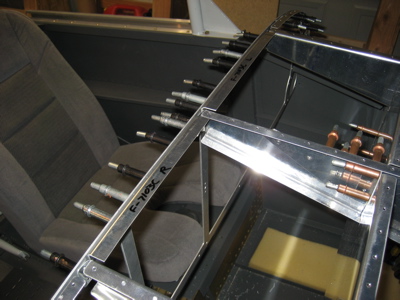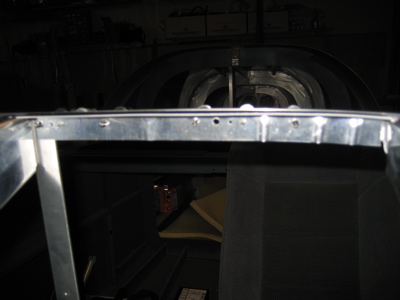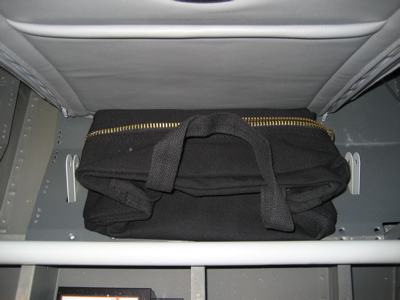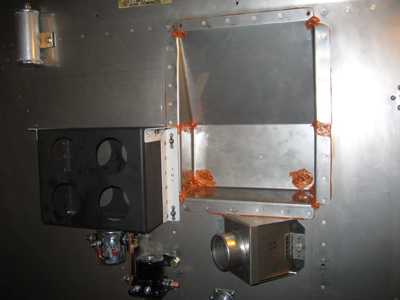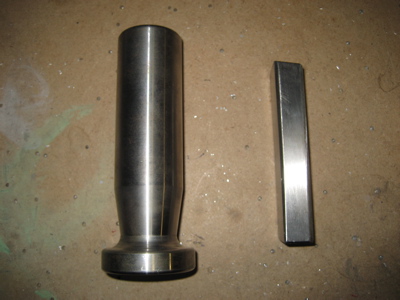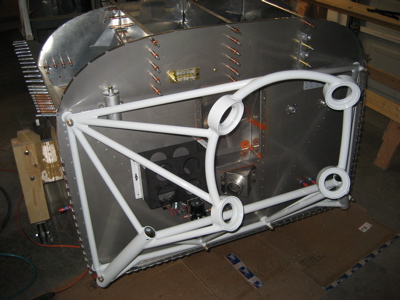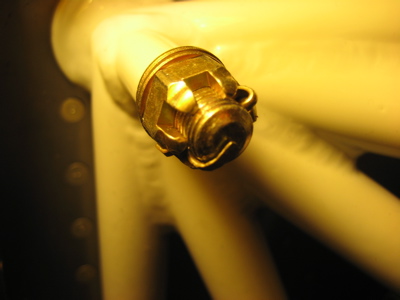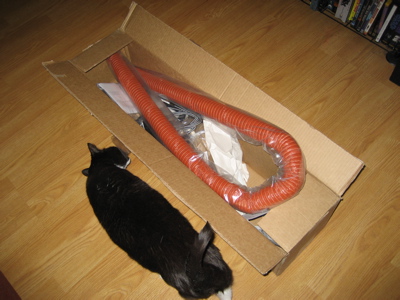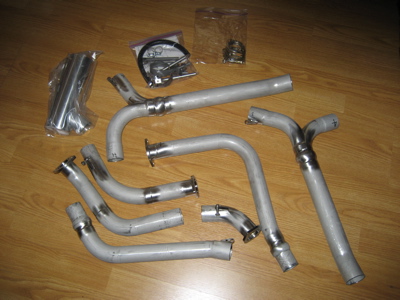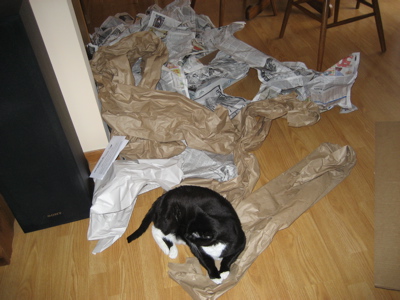I clecoed the forward top skin back on temporarily in order to match drill the holes in the new F-7103C angles at the top of the panel.
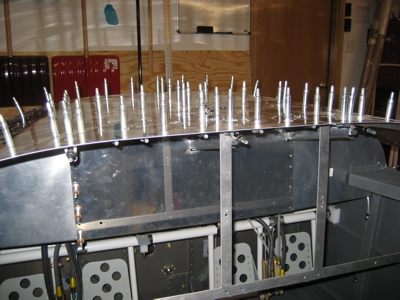
Then I cut and match drilled the stiffener angle to the bottom of the panel frame. Per the advice I received from Affordable Panels, I made it short enough so that it just fits between the air vents.
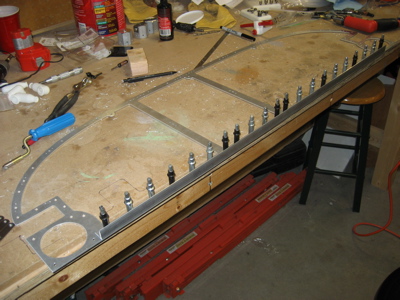
I coutnersunk the stiffener angle for its nutplates. There are eight or nine nutplates that are used to attach the panel plates to the frame, and a bunch of rivets that attach the angle to the frame itself. The angle doesn't get riveted on until you're really ready to install the frame for good – the frame will be in there permanently once you attach the stiffener angle and remove the ability to flex and wiggle the frame in and out of the fuselage.
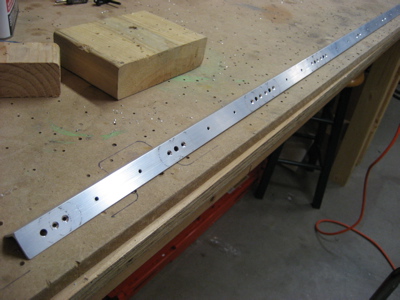
I countersunk the various rivet and screw holes in the panel frame…
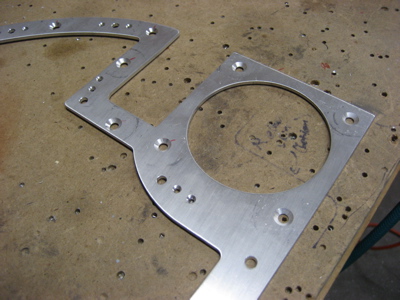
…as well as the screw holes around the perimeter of the panel plates.
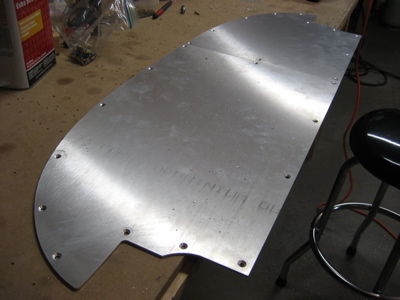
I clecoed all the panel frame pieces back into the fuselage, and fetched one of the cockpit interior pieces for another test fitting. Not just because it looks cool, though…
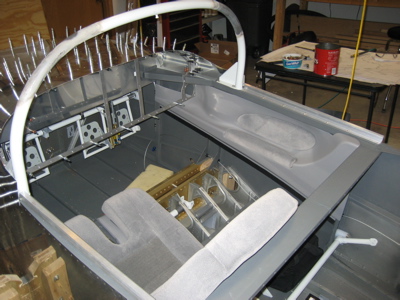
I wanted to see how well the interior fits the panel in the area of the vents. The answer is that it fits perfectly. Excellent. Also, I'm feeling like a genius for buying the interior early, since it's gone up in price significantly since I got mine.
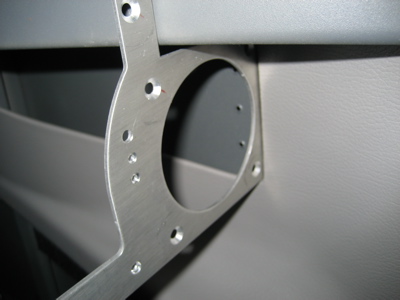
The F-793 vent brackets tie the lower corners of the panel to the fuselage side skin. The holes in the skin are prepunched, and after lots of measuring I determined that if you simply mark a centerline on the bracket, line it up with the holes and drill, you'll have placed it with the proper amount of space to accomodate the vent and hose adapter.
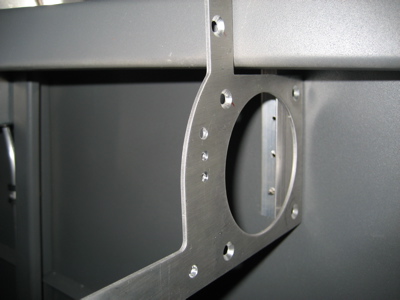
Here's the first F-793 bracket. The semicircular cutout is to let it go around the body of the air vent – I made it with successive iterations of bandsaw and drum sander. I drilled the bracket for MK1000 miniature nutplates, which are the only ones that would fit within the remaining flange area.
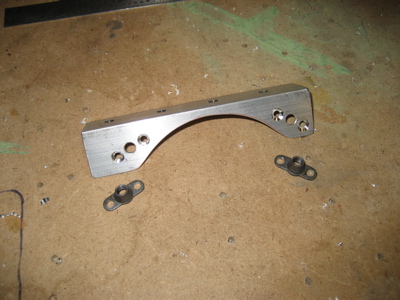
Here's a test fit – looking good:
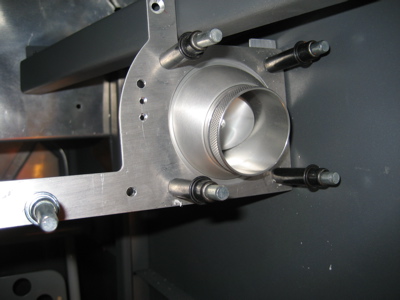
The second bracket was a lot easier to make, since I could simply transfer the shape of the cutout and the hole locations from the first one.
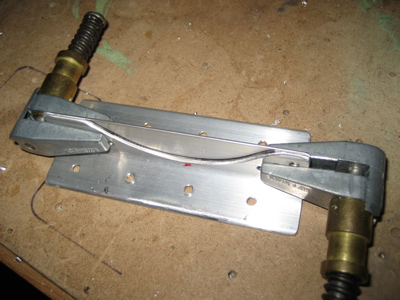
I drilled rivet holes along both sides of the radio stack area and match drilled to some 1/8"x3/4"x3/4" angle stock. The thinking here is to use these angles as a place to attach the forward end of the radio trays. I'm going to wait to rivet them to the panel until I have the radios, though, so I can actually measure the hole locations and make plans accordingly.
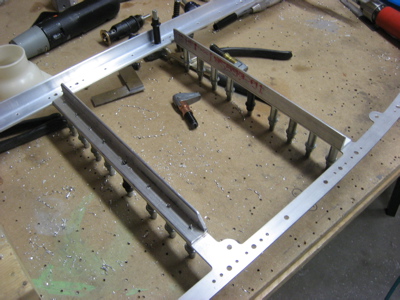
It was too windy outside to spray paint, but I was impatient and wanted to get a batch of stuff primed, so I did it just inside the open garage door. I got a little paint on the floor but I at least had the sense to move the car to protect it from overspray. It was also cold as heck with the door open – building is easier when it's not winter.
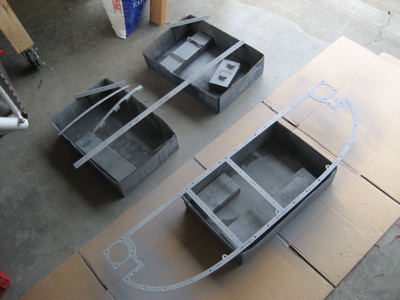
When the primer was dry, I riveted on about a bazillion nutplates:
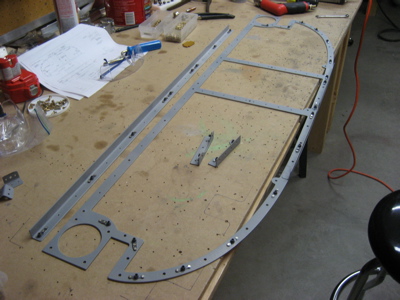
If you use the stock Van's panel, it attaches to the F-7103 B&C angles via #8 screws and nutplates. With the modular panel, the screws are replaced with 5/32" rivets since the frame is designed to stay permanently attached to the airplane. These are big suckers that my squeezer didn't really like dealing with, so I back riveted them all. It's not often I get to use the red rivet gauge!
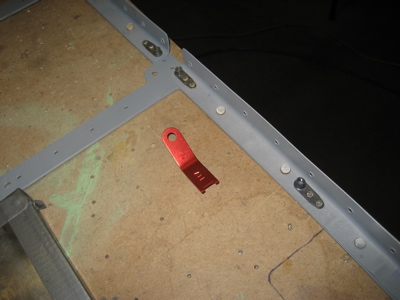
Here's another shot of the panel frame components, all finished and ready to install in the airplane.
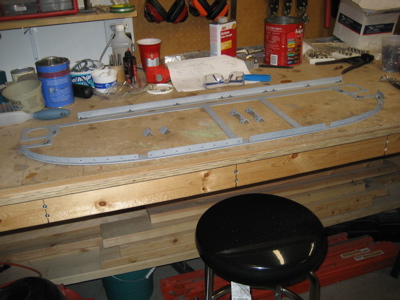
Next, I riveted the F-721C angles to the canopy decks. There's a definitely order to this – you have to rivet the bracket to the fuselage, then rivet the nutplate to the bracket. If you do it the other way around, the nutplate would get in the way.
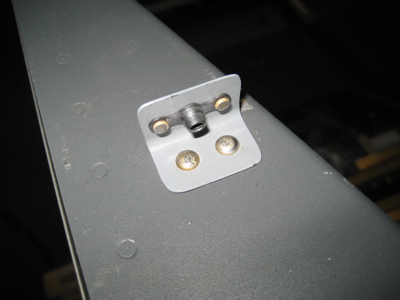
Last but not least, I riveted the vent brackets to the fuselage.
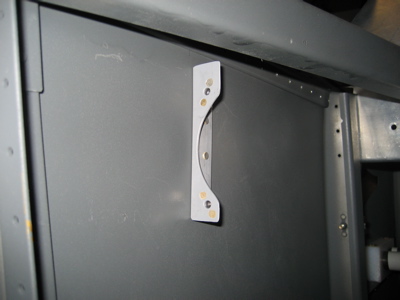
Construction of the panel frame is now finished, and the panel is ready for me to start playing around with avionics.
